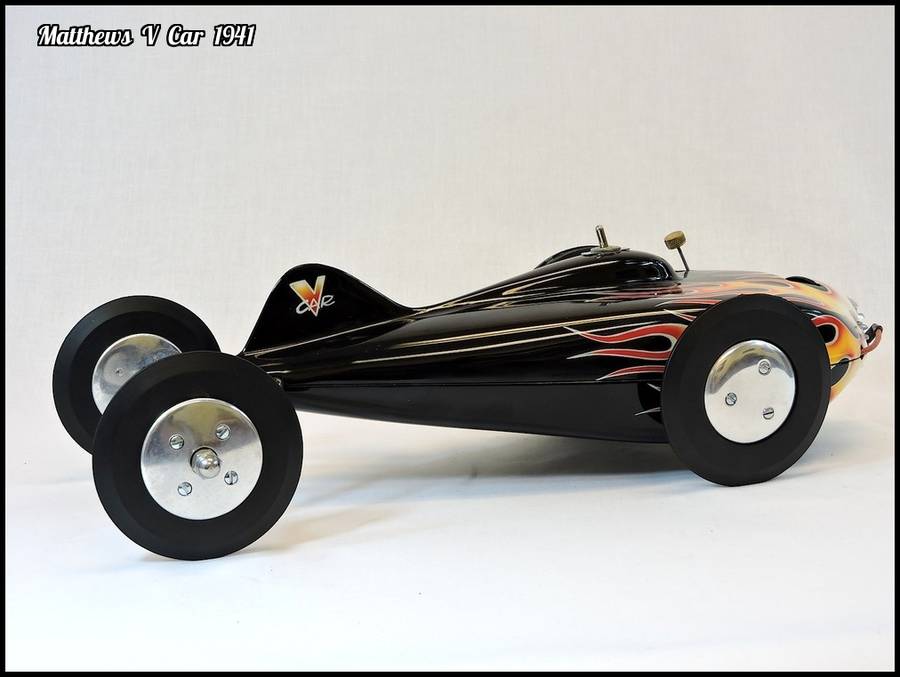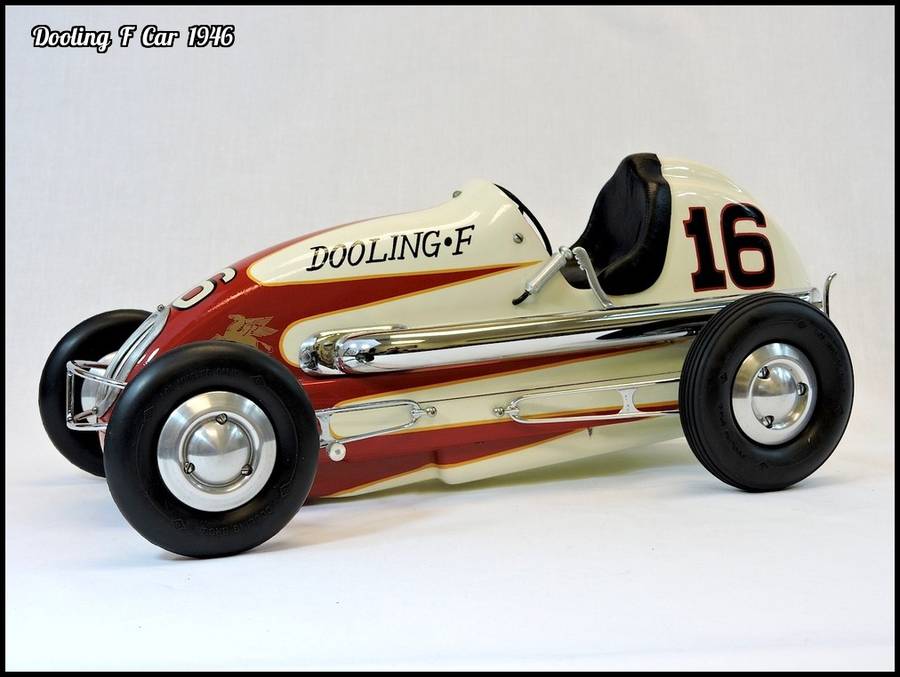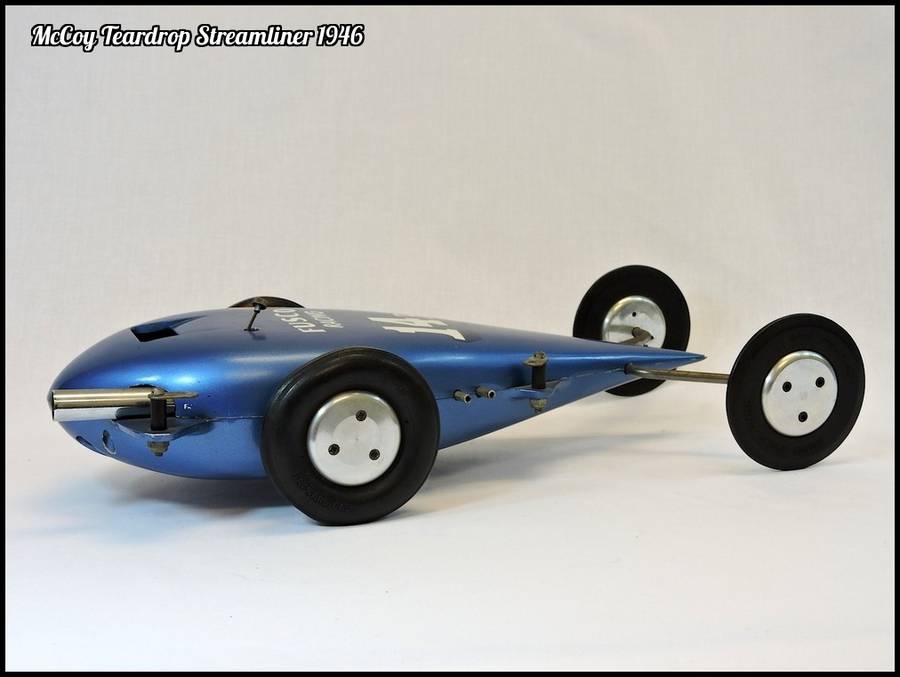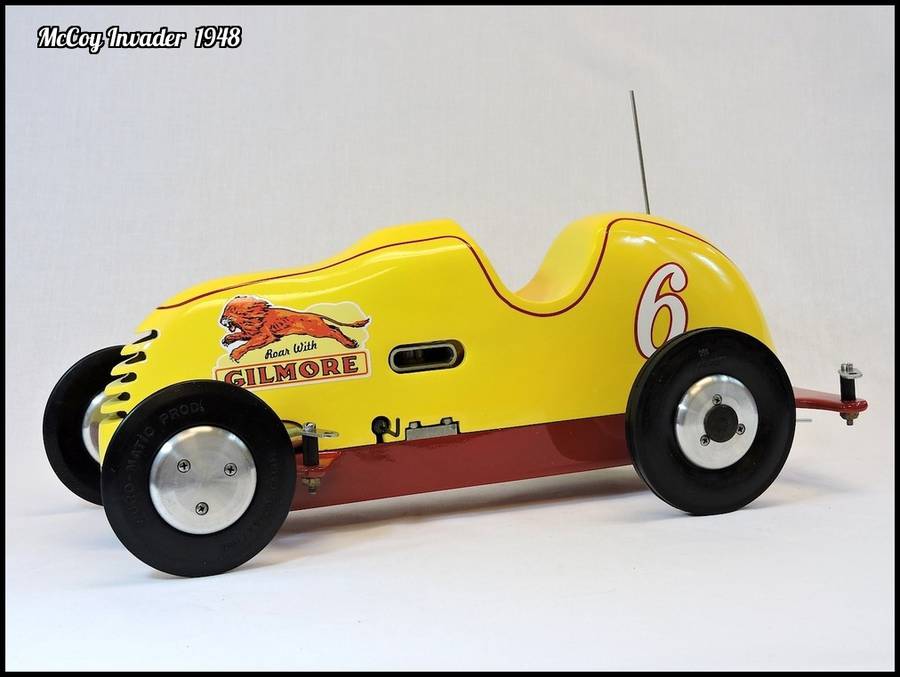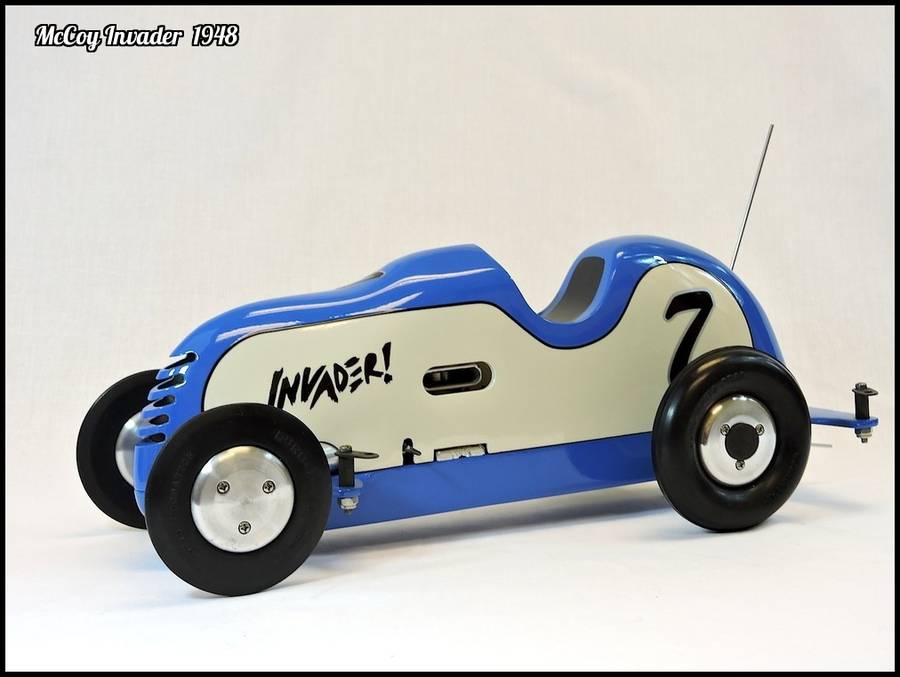Are tether cars your chance to build a 200-mph racer?
If you want to go 200 mph in a land-speed racer on the Bonneville Salt Flats, you’re going to need a whole lot of experience, connections, and probably a decent amount of money. If you can’t afford a supercar to drive on the autobahn and still want to hit those speeds, but on a much smaller budget in a more controlled environment, tether cars might be just for you. These stylish mechanical marvels combine the collectibility of Hot Wheels with the wrench-turning thrill of full-size race cars.
Tether cars are leashed to the operator by a medium-length wire which guides the vehicle in a circle. Once push-started, the operator would turn the car to keep it in control with respect to the tether. The cars would run until out of gas, often five minutes or less.
Tether cars are mainly a nostalgia item these days, but in the World War II era, there were dozens of manufacturers producing these 1/6- or 1/8-scale cars powered by two-stroke nitro engines. Many are styled after dirt track and oval track race cars of the era, but today, streamliners dominate competitions—and at speeds over 200 mph.
“They can be worth a ton of money so I wouldn’t dare race mine, but I know there are active race tracks in certain places,” said Kyle Francis, who has a small collection of tether cars in the Pacific Northwest. “I believe Long Island is still heavily involved and some places in California.”




The race tracks were informal at first, merely a gathering of tether car enthusiasts in a large open parking lot. Two cars could be run against one another with two skillful operators holding the tethers. These classic racers might be stylish, but they are still capable of 60-mph-plus top speeds, even though they’re handheld. By contrast, modern tracks feature a tether anchored in the center of a concrete track, which holds the car steadier than any hand-held car of yesteryear and allows the streamlined cars to achieve their ludicrous speeds.
For most buyers, though, it is not just about the speed.
“The vintage cars are fascinating, and some are incredibly detailed, which drives collectors to purchase them. From the paint jobs to the exhaust pipes, they really look like their full-sized racer counterparts,” said Francis.
The original build work for so many of these tether cars was a labor of love—an extension of the builder’s mind and craftsmanship. The engines were sourced from third parties, but the bodies and little details were often hand-fabricated to fit each car as the builder saw fit. Functional straight pipes, suspension designed to mimic a full-sized racer, and dolls to act as drivers while the cars raced were not uncommon and are now highly sought after.
Right now, a large collection of tether cars is currently listed with Mecum auctions online bidding, and just scrolling through the pages of scaled-down racers makes me want one in the worst way. Prices range from mild to wild, with more than a few estimated to sell for prices that I have purchased running and driving trucks for—but those trucks never wore the Duesenberg name nor were raced by Augie Duesenberg. Tether cars like these serve up rich history and fun-loving tradition, albeit in a scaled-down package.

